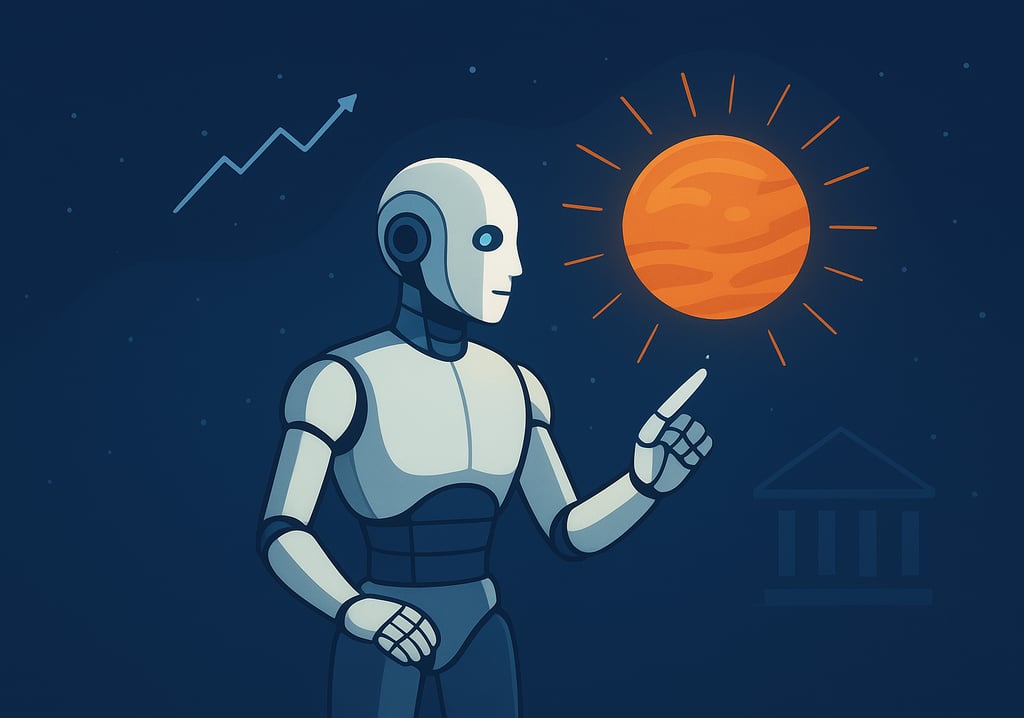AI and Space Weather: Predicting Solar Storms and Protecting Our Technology
As humanity becomes increasingly dependent on satellites, navigation systems, and global communication networks, space weather — the powerful activity of the Sun — has become a critical concern. Solar storms can disrupt GPS signals, damage satellites, and even cause power grid failures on Earth. Fortunately, Artificial Intelligence (AI) is emerging as a vital tool in predicting and mitigating the impact of these cosmic events.


Understanding Space Weather
Space weather refers to the conditions in space influenced by the Sun’s activity, particularly solar flares and coronal mass ejections (CMEs) — massive bursts of charged particles that travel across space. When these particles reach Earth, they can interfere with magnetic fields, technology, and even the safety of astronauts.
Predicting solar storms has traditionally been a difficult task. The Sun’s activity is highly complex and often unpredictable. However, AI is changing that narrative.
How AI Predicts Solar Storms
AI models can analyze enormous datasets collected from solar observatories and spacecraft, detecting patterns that may indicate upcoming solar activity. By using machine learning and neural networks, scientists can now:
Detect early signs of solar flares before they occur.
Predict the trajectory of solar particles toward Earth.
Estimate potential impacts on satellites and communication systems.
NASA and the European Space Agency (ESA) are already employing AI-driven systems to monitor solar activity in real-time. These systems can make predictions hours or even days before a major event, giving engineers and operators time to take protective measures.
Protecting Earth’s Technology
When a strong solar storm is predicted, preventative actions can be taken, such as:
Switching satellites into safe mode to prevent damage.
Adjusting power grid operations to avoid blackouts.
Notifying aviation and maritime systems to prepare for communication disruptions.
Thanks to AI’s rapid data processing and predictive abilities, the response to space weather is becoming more proactive than ever.
The Future of AI in Space Weather Forecasting
AI will continue to evolve alongside new generations of satellites and telescopes. With more data and refined algorithms, we may soon reach a point where AI can forecast solar activity as accurately as we predict the weather on Earth.
By combining human expertise with machine precision, we are taking major steps toward protecting our planet’s technology from the unpredictable power of the Sun.
In short:
AI is not only watching the skies — it’s helping shield our connected world from space itself.